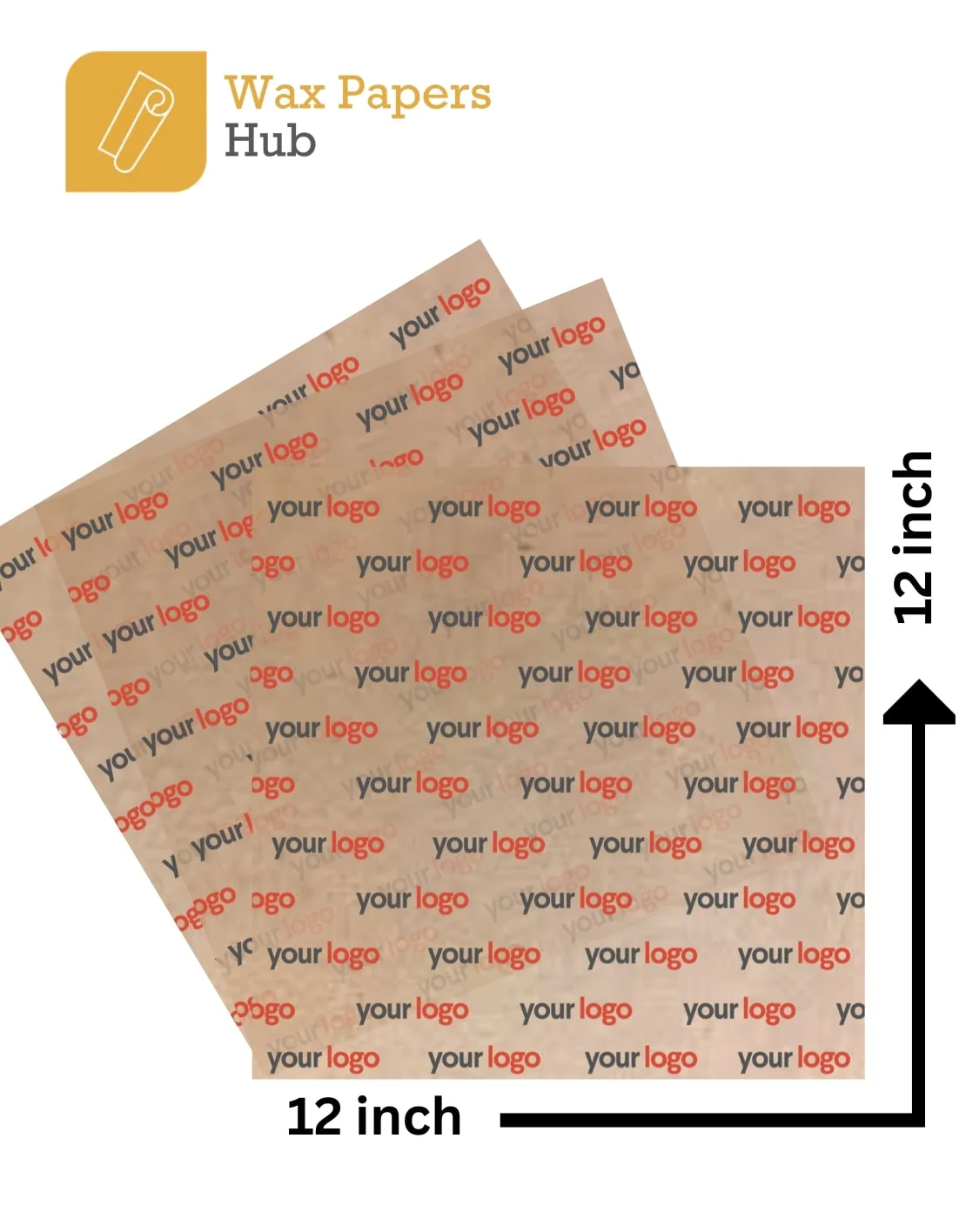Over the past decade, the world has seen an explosive shift in digital behavior, with mobile apps becoming the dominant form of interaction for everything from communication to shopping, gaming, and streaming. This growth has reshaped the advertising landscape, prompting brands to shift more of their budgets toward mobile platforms. Users spend the majority of their screen time inside apps rather than browsers, creating a golden opportunity for businesses to meet audiences where they are most engaged.
Why Apps Offer a Unique Advantage
Unlike websites, apps are designed for immersive, repetitive engagement. Users return to them regularly, interact deeply with features, and share data through permissions and preferences. This rich dataset enables advertisers to create hyper-personalized, relevant campaigns that blend seamlessly into the app experience. Apps also benefit from controlled environments, meaning advertisers face fewer viewability issues or security risks compared to open web platforms.
Exploring In-App Advertising Formats
Display and Banner Ads
These are static or animated ads usually located at the top or bottom of the screen. While often considered the simplest format, display banners offer persistent brand visibility during user interaction. However, their limited space and passive nature mean they need strong visuals and concise messages to drive action.
Interstitial Ads
Full-screen interstitial ads appear at natural pauses or transition points, such as after completing a game level or loading a new section of content. Because they temporarily take over the entire screen, they command full user attention. However, timing and relevance are critical to avoid disrupting the user experience and triggering annoyance.
Native Ads
Native ads are embedded within the app’s layout and match its design and content style. This makes them feel like an organic part of the user journey, increasing trust and interaction. They are ideal for news apps, social feeds, or content-driven platforms, where promotional messages can be woven directly into editorial content.
Rewarded Video Ads
Rewarded videos offer incentives in exchange for viewing. For example, a user may receive in-game currency, bonus content, or extra lives. These ads are user-initiated and non-disruptive, leading to higher engagement rates and improved ad recall. Users value the reward and willingly opt into the experience, which significantly boosts performance.
Building a Strategy for Apps Advertising Success
Define Goals and KPIs
Effective advertising starts with clear objectives. Whether you’re aiming for app installs, purchases, subscriptions, or brand awareness, knowing your key performance indicators (KPIs) will shape your targeting, creative strategy, and success measurement. Apps advertising efforts with no clear goals tend to waste budget and lose focus quickly.
Audience Targeting and Segmentation
Advanced mobile advertising platforms offer precision targeting, letting you focus on users based on device type, location, behavior, demographics, and even app usage habits. By segmenting your audience, you can tailor messages to resonate with specific user groups, increasing both relevance and effectiveness.
Crafting Creative That Converts
In-app environments are busy and fast-paced, so your ad needs to stand out instantly. Focus on mobile-optimized visuals, quick messaging, and strong calls to action. Videos should deliver the hook within the first few seconds, while banners and interstitials should be instantly understandable and visually striking. A/B testing different creatives can reveal what best resonates with your users.
Key Metrics That Define Campaign Performance
Click-Through Rate (CTR)
CTR tells you how many users clicked your ad relative to the number who saw it. A low CTR might indicate irrelevant messaging or poor creative execution. A higher CTR suggests that your ad is compelling and well-targeted.
Conversion Rate
Conversions depend on your campaign goal—app installs, form submissions, purchases, etc. Tracking how many clicks convert to action will help determine whether your ads are attracting the right users and leading them through the desired funnel.
Cost Per Install (CPI) and Return on Ad Spend (ROAS)
CPI reflects the efficiency of your budget in acquiring new app users, while ROAS tells you whether your ad spend is delivering profitable results. Both are crucial in evaluating the financial sustainability of your in-app advertising strategy.
User Retention and Lifetime Value (LTV)
Acquiring users is only the first step. A successful campaign also drives quality users who return, engage, and eventually contribute long-term value to your brand. Retention rates and LTV give you insight into whether your campaign is attracting users who stick around.
Overcoming Challenges in In-App Advertising
Ad Fatigue and Frequency Management
Users may become annoyed if they see the same ad too often. Frequency capping and creative rotation are essential to keeping campaigns fresh and preventing user fatigue. Use data to analyze how often ads are served and optimize the experience accordingly.
Platform Fragmentation
With numerous operating systems, screen sizes, and app environments, maintaining a consistent ad experience across devices can be challenging. Working with platforms that support dynamic creative optimization ensures your message looks great everywhere and reaches users regardless of their device.
Ensuring Ad Quality and Fraud Protection
Digital ad fraud is a known threat in the mobile world. Use trusted ad networks with advanced fraud detection to safeguard your budget. Ensure you have transparent reporting and traffic validation so you’re paying for real impressions and genuine user actions.
The Future of Apps Advertising
Artificial Intelligence and Personalization
AI enables predictive targeting, real-time ad personalization, and adaptive bidding strategies. As machine learning evolves, it will allow advertisers to craft increasingly customized experiences for users, improving both engagement and ROI.
Programmatic In-App Advertising
Programmatic platforms automate the buying and selling of ad inventory in real time, based on audience data and behavior. This leads to more efficient bidding, better targeting, and access to premium placements at competitive prices.
Immersive Ad Formats
New technologies such as AR, 3D, and interactive formats are pushing the boundaries of in-app ads. These experiences provide deeper engagement by turning passive users into active participants in the brand story.
FAQs
What is the main benefit of advertising in mobile apps?
The biggest advantage is high user engagement. Mobile app users are more focused and interactive, making it easier for brands to capture attention and encourage conversions.
Are in-app ads suitable for small businesses?
Yes, they are highly scalable. Small businesses can set modest budgets, target specific audiences, and test various formats before scaling up. With strategic targeting, even small budgets can yield strong returns.
Which ad format performs best in apps?
Rewarded video ads often deliver the highest engagement and user satisfaction, while native ads provide seamless integration and maintain the user experience. The ideal format depends on your app category and marketing goals.
How can I measure my ad campaign’s success?
Use key performance indicators like CTR, conversion rate, CPI, ROAS, and user retention. These metrics help you understand performance and adjust your strategy for better results.
Do I need a large budget to start?
No. Many platforms offer flexible bidding and pricing models, allowing businesses of all sizes to enter the space. Begin with a small test campaign, analyze the data, and scale based on performance.
Conclusion
Apps advertising is one of the most effective digital strategies available today, providing access to highly engaged mobile audiences across diverse industries. Whether you’re looking to increase app installs, drive conversions, or build lasting user relationships, in-app advertising offers the tools and formats to achieve real results. Success comes from understanding the app ecosystem, choosing the right ad formats, targeting accurately, and optimizing constantly. For advertisers ready to take their mobile strategy to the next level, propellerads delivers the technology and reach to maximize your in-app campaigns.
Author Bio:
Jessica Lin is a mobile advertising specialist with deep expertise in leveraging Propeller Ads for performance-driven marketing. She helps brands scale app growth through strategic ad placements. Visit her site to explore how you can enhance your in-app campaigns today.



